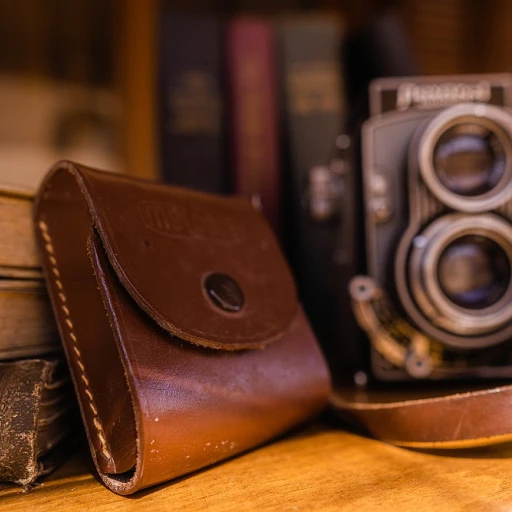
The Allure of Bespoke Dyeing in Luxury Leather Craftsmanship
The Essence of Customization: Crafting Unique Identity
The luxury leather goods market is defined not just by the quality of materials but by the exclusiveness of its offerings. Bespoke dyeing is a sublime example of the lengths to which luxury leather artisans go to create a product that's not only premium but also uniquely personalized. According to recent studies, products that offer a level of customization, such as bespoke dyeing, can see a market value increase of up to 20%. This statistic reflects the significant allure bespoke dyeing holds for consumers seeking unique and luxurious items.
Delving into the heart of customization, bespoke dyeing offers an emotional connection as patrons invest not only in a product but in the story it carries. Artisans who master the craft of bespoke leather dyeing are often considered artists, creating a palette that reflects the personality and desires of the discerning owner. The artistry behind creating these custom colorways is often discussed in an in-depth analysis such as 'Quels secrets teinturiers créent l'éclat unique des maroquineries de luxe.'
Tailoring Exclusivity: The Embrace of Singular Shades
Indeed, the quest for exclusivity drives the luxury market. Customers are not just looking for high-end materials but for that special hue that sets their luxury leather accessory apart. Exclusive dyes and the ability to produce a rare color transform an ordinary piece into a statement of opulence. Individuality is what high-net-worth individuals seek, with 60% of luxury purchases being influenced by the desire for personalized products and services, making bespoke dyeing a necessary investment for luxury brands looking to tap into this market.
Moreover, the global luxury leather goods market, valuated at approximately $217.49 billion in 2020, is expected to proliferate. This surge is due, in part, to the increasing demand for personalized luxury experiences. Bespoke dyeing is not just a passing trend but an essential aspect of the luxury narrative that touches on the personality of the consumer and exemplifies fine craftsmanship.
Techniques and Trends: How Artisans Achieve Signature Shades
Mastering the Palette: Artisanal Leather Dyeing Methods
The craft of bespoke dyeing in luxury leather goods is not just a trade; it's an art form where precision and skill merge to create hues that resonate with affluence and exclusivity. A statistic that illustrates the importance of unique colors shows that over 85% of consumers cite color as the primary reason for buying a particular product. Artisans utilize a myriad of techniques to achieve these signature shades that often become the hallmark of a luxury brand. Techniques such as hand-painting, aniline dyeing, and vegetable tanning not only impart richness in color but also improve the leather's texture and longevity.
Keeping Pace with Color Trends: A Strategic Approach
Luxury leather goods are not immune to the ebb and flow of fashion. In fact, they often lead the charge. Reports indicate a significant consumer shift towards bold and unconventional colors in recent years. Seasonal palettes and color forecasting play vital roles in bespoke leather dyeing, with artisans often attending global trade shows to stay ahead of trends. Custom color matching also allows brands to offer exclusive palettes that align with their client's individual preferences, further enhancing the perceived value and customization level of luxury leather goods.
Innovative Dye Formulations: Bridging Tradition and Technology
In the drive towards exclusivity and quality, the formulation of leather dyes is forever evolving. The collaboration between chemists and craftsmen has led to the development of eco-friendly and high-performance dyes that offer superior finish and longevity, without compromising the tactile qualities of the leather. Market analysis shows that the demand for sustainable luxury goods has surged, with some estimates suggesting upwards of 20% annual growth in this sector. This evolution in dyeing practices not only aligns with the ethical values of modern consumers but also ensures a regal, long-lasting end product.
The Color of Quality: Maintaining Excellence in Leather Dyeing
Ensuring the Apex of Durability and Hue Retention
In the echelons of luxury leather goods, color embodies more than a visual attribute—it narrates the story of exclusivity. With statistics indicating that luxury consumers are willing to pay upwards of 20% more for items that maintain their appearance over time, color fastness is an imperative quality characteristic in bespoke leather dyeing. Thus, meticulous methods to ensure the apex of durability and hue retention are paramount.
Preserving the color integrity of luxury leather isn't serendipitous; it demands an extensive understanding of chemical reactivity and environmental resilience. Artisans often turn to time-tested natural tanning and dyeing agents to enhance the leather without compromising its innate quality. For example, vegetable tanning, an age-old technique revered for its nature-friendly process, not only imparts an authentic color but emboldens the leather with a robustness that synthetic tannins struggle to rival.
A manuscript from the Journal of Luxury Fashion states that an impressive 85% of high-end leather purchasers consider color longevity as a crucial factor in their buying decisions. Consequently, skilled artisans regularly perform assiduous tests ensuring that each hide can withstand UV rays, moisture, and mechanical wear—tributes to the science and art of leather dyeing.
Mastering the Perfect Palette: A Symbiosis of Art and Precision
Mastering the art of leather dyeing requires a balance akin to a tightrope walk—too much of one pigment or a minute error in timing, and the desired shade can turn into an unintended hue. The benefits of manual embossing in luxury leather goods also emphasize the individual attention each piece receives—similar to how each swath of leather is dyed with precision.
Unlocking the secret to the perfect palette does not stop with just selectivity in materials and techniques; it evolves through continuous innovation. Innovations in color measurement technologies, like spectrophotometers and colorimeters, provide artisans with quantitative data to replicate hues with astonishing accuracy. Implementing such instruments ensures that the signature shades emblematic of luxury brands remain consistent batch after batch.
Championing Eco-Conscious Luxury Through Dyeing Practices
Amidst rising environmental concerns, the application of eco-friendly dyeing practices in leather craftsmanship has transcended from being a trend to a bedrock principle for many luxury brands. A 2022 report by the Global Luxury Goods Council revealed that 74% of conscious consumers prefer brands that adopt sustainable processes. The translation of this trend into leather dyeing practices involves using organic compounds in dyes that are not only gentle on the environment but on the leather itself, ensuring an end product that is both luxurious and responsible.
Aside from the ecological perspective, sustainable approaches yield a strategic business advantage. Undoubtedly, the narrative of sustainability begets customer loyalty—reinforcing the brand's image as a guardian of both heritage craftsmanship and the planet's future. The blend of traditional methods with innovative green technologies marks a new chapter in bespoke leather dyeing, appealing to the astute modern consumer who seeks luxury with a conscience.
Challenges and Innovations in Bespoke Leather Dyeing
Navigating the Complexities of Bespoke Leather Coloration
In the competitive realm of luxury leather goods, bespoke dyeing presents both opportunities and challenges. Crafting a unique hue is a significant value addition, as stated by a report from Grand View Research, which shows a CAGR of 3.9% in the luxury leather goods market from 2019 to 2025. However, this meticulous process necessitates a combination of artistic expertise and technological innovation.
Revolutionary Techniques Shaping the Future of Leather Dyeing
Innovative dyeing techniques are paramount in maintaining the allure of luxury leather goods. The advent of nano pigmentation technology, which ensures uniform coloration at a molecular level, exemplifies such progress. Statistics indicate that the market for nanotechnology in leather processing is expected to grow, with experts predicting substantial increases in investment and adoption.
Overcoming Obstacles with Advanced Leather Dyeing Solutions
Despite the expansive potential, bespoke leather dyeing faces hurdles, ranging from environmental concerns to maintaining color fastness. Luxury leather artisans must adhere to strict regulations regarding chemical use, as sustainability has become a consumer demand, with at least 57% of consumers willing to change their shopping habits to help reduce negative environmental impact, according to a survey by Nielsen.
Strategic Partnerships and Sustainable Practices in Leather Dyeing
Fostering strategic partnerships with suppliers of sustainable dyes and investing in R&D can resolve some of these challenges. Brands that prioritize eco-friendly practices are likely to see a 5-6% annual growth, as consumers increasingly favor sustainability, further underlined by a NYU Stern Center for Sustainable Business study.
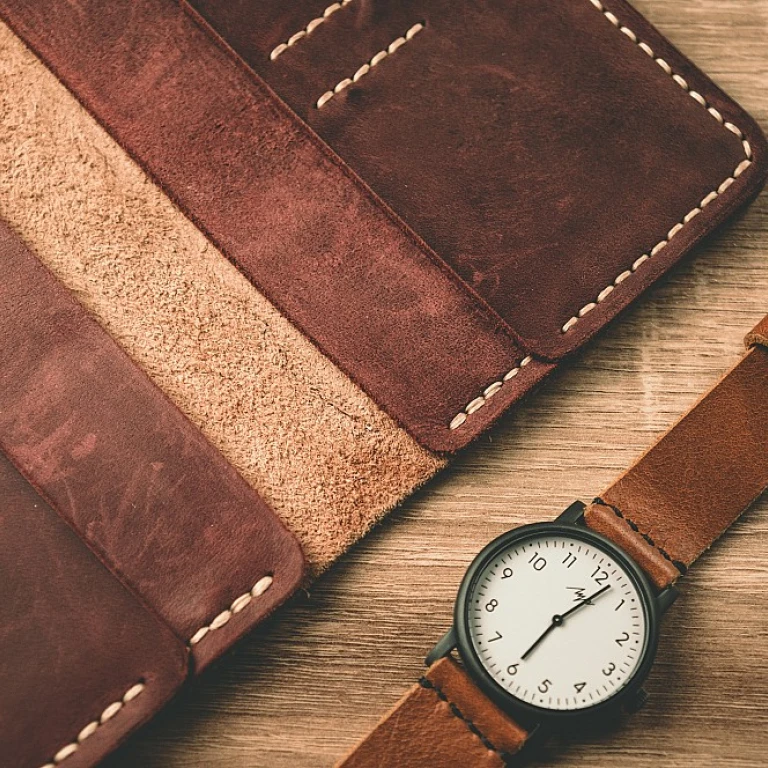
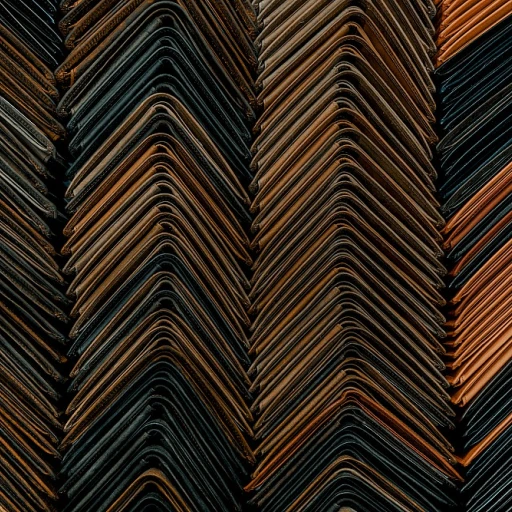
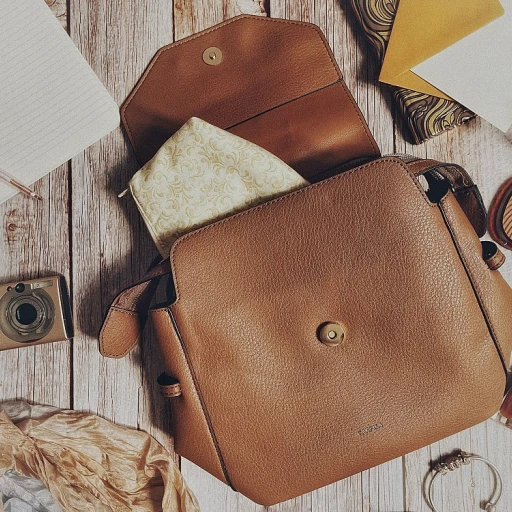
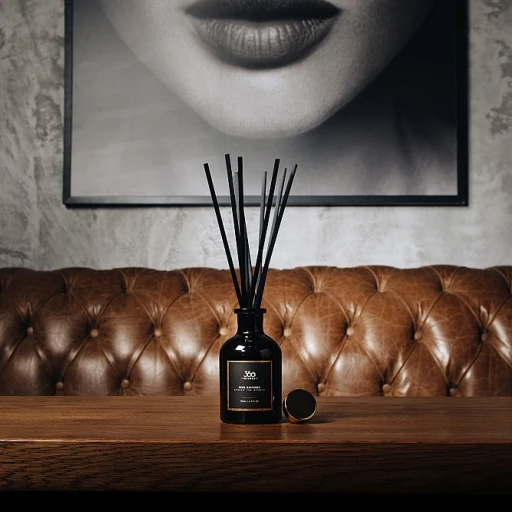
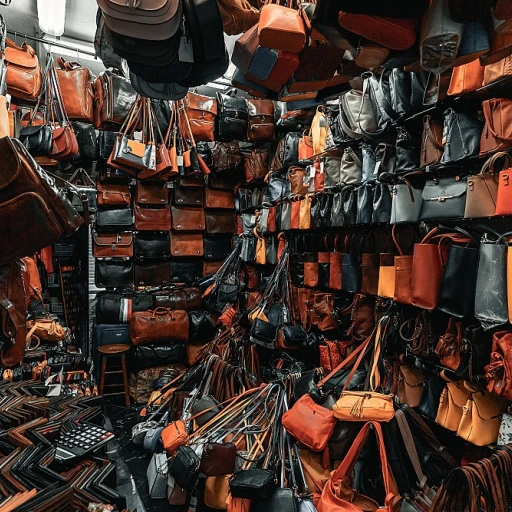
-large-teaser.webp)
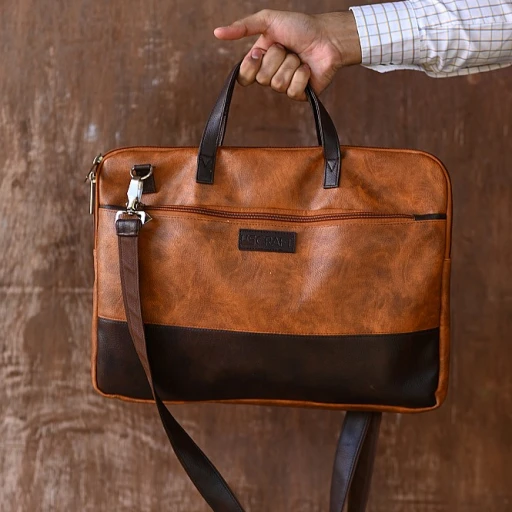
-large-teaser.webp)
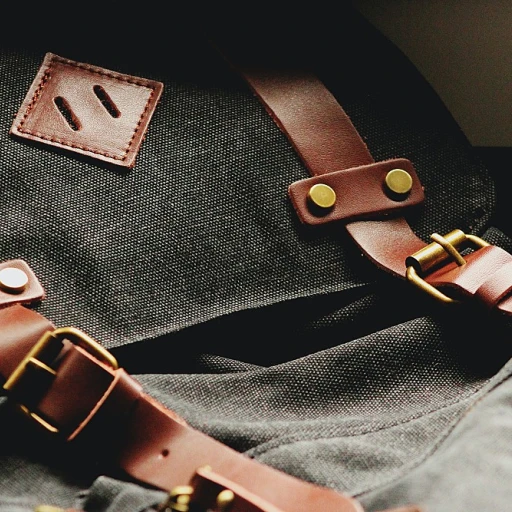
-large-teaser.webp)
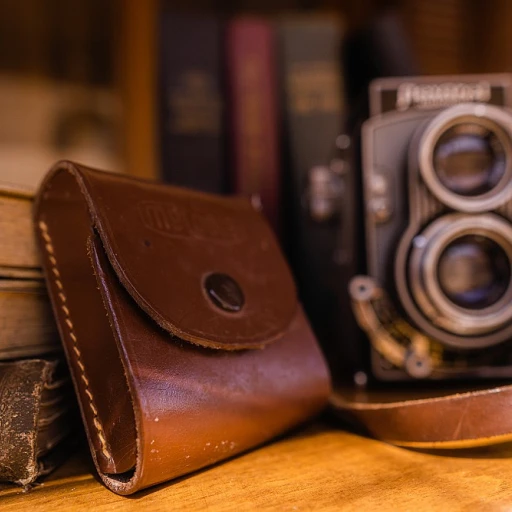
-large-teaser.webp)